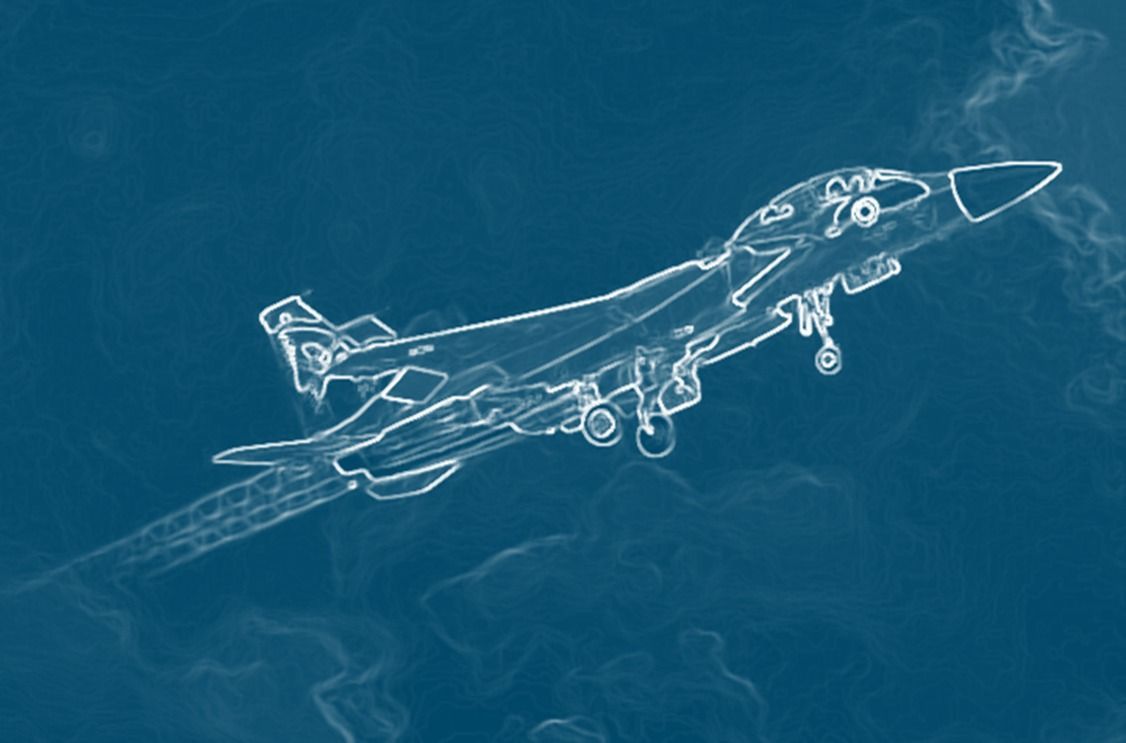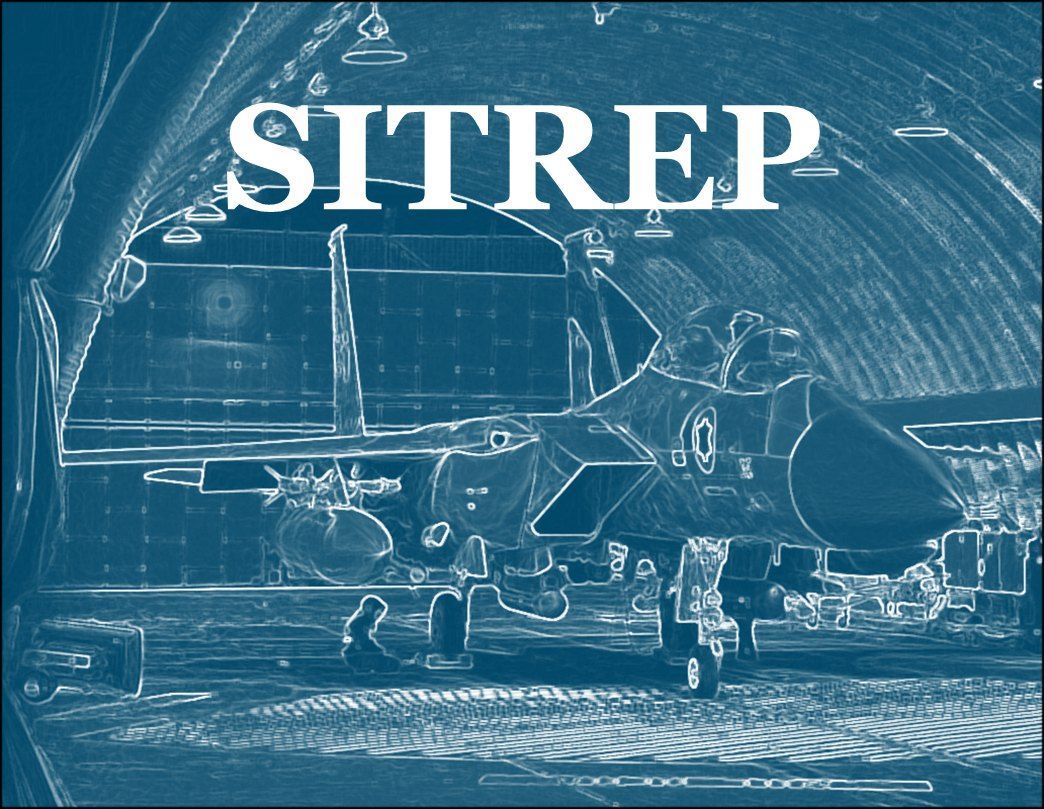24 November 2020
Depleted fish stocks within China’s territorial waters are leading Chinese fishermen to invade the territorial waters of other nations, often leading to violent clashes.
Between 1960 and 1975 Russian whalers armed with modern whaling equipment and motivated by lucrative incentives and subsidies provided by the Soviet Union decimated the whale populations in the North Pacific. The full impact of their overfishing; the complete devastation of specific whale populations, was not fully understood until after the collapse of the Soviet Union, due to the inherent secrecy of the Soviet system and inadequate international monitoring.
Sixty years later, a similar story appears to be playing out in the Pacific and Atlantic Oceans. The actors in this aquatic drama have changed with a large group of illegal Chinese fishing vessels filling in for the Soviet-era whalers. Although their prey is different, the ecological damage caused by the illegal Chinese fishing in vulnerable ecological areas might be just as bad.
China’s appetite for seafood is immense. The Chinese catch and consume more fish than any other nation, with China representing more than one-third of global fish consumption. This trend has been growing in tandem with the increasing prosperity of Chinese consumers, with per capita consumption of seafood increasing in recent years. China is also the biggest exporter of seafood in the world, with the total value of its seafood exports being estimated at $ 19.22bn in 2019.
To satiate this ever-increasing demand, China has been increasing its production aquaculture and farmed fish, but it has also carried out a devastating policy of overfishing. Chinese fishermen have been removing 10 million tons of fish from its territorial waters every year since 1995, far above the 9-8 million tons that experts say can be sustained.
This heavy pressure has led to a partial collapse of fish stocks within China’s coastal territories. Because of this collapse, Chinese fishermen have been increasingly venturing into international and foreign national waters to seek new fishing areas to compensate for the lack of fish in China’s own waters.
Although Chinese illegal fishing was widely known, the true scale and scope of the Chinese effort was not fully understood and only came to light this year after several investigations.
The most compelling evidence of this illegal activity was presented in a study conducted by the Overseas Development Institute (ODI) and the NGO Global Fishing Watch which found that the Chinese Distant Water Fleet (DWF) was anywhere from 2-8 times bigger than the actual number admitted by the Chinese Communist Party (CCP). Their evidence shows that the actual size of China’s DWF was nearly 17000, instead of the official 2-3000 ships claimed by the CCP.
Another investigation conducted by the American company National Broadcasting Company (NBC) together with The Outlaw Ocean Project, further found that illegal Chinese fishing in the East China Sea and the Sea of Japan was far worse than previously assumed.
These investigations all highlight the general lack of international monitoring and transparency surrounding the number of Chinese fishing vessels and their individual catch. This lack of knowledge directly influences the widely different figures on the size of China’s general fishing fleet, ranging from 200 000 and 800 000 vessels and their DWF, which ranges from 3000 and 17000 vessels.
It is not just the scale of the fishing operations that are being uncovered but also the damaging methods that are being used. In the study carried out by ODI, they discovered that the Chinese DWF had a higher number of trawler boats than other fleets. These ships are more devastating than other fishing vessels as they trawl indiscriminately, often hurting vulnerable marine species. China outlawed the practice of using trawlers in their own territorial waters for this very reason, yet it has not stopped its DWF from utilising it.
The national crackdown within Chinese waters likely forced more Chinese trawlers into international waters and to the territorial waters of nations who are unable to patrol these often-large marine areas.
This practice of trawling in shallow waters is especially devastating when considering that many of the most fragile ecosystems are currently located in the territorial waters of nations that cannot effectively patrol them. As a result, Chinese fishermen can carry out illegal, unreported, and unregulated fishing (IUU) activities in these waters.
A lot of evidence supports the existence of these activities, and satellite images show Chinese fishing vessels operating in patterns that are symbolic of trawling operations in areas where this activity is strictly forbidden. Chinese fishing vessels are also notorious for turning off their Automatic Identification System (AIS) to evade international and national monitoring. An active AIS is required by many nations and switching it off is illegal when your ship exceeds a certain size. Despite this there are numerous reports of Chinese fishing vessels turning their AIS off for long periods of time.
The CCP has so far claimed ignorance whenever the illegal activities of their fishermen are uncovered, even symbolically cracking down on certain elements of their fishing fleet after their actions are made public. In a recent example, the Chinese embassy in Ecuador announced a ‘zero-tolerance policy’ against IUU fishing after Chinese fishing vessels were discovered fishing near the ecologically fragile Galapagos islands which are within the territorial waters of Ecuador in August this year.
Symbolically the CCP has also announced that they will limit the official fishing licenses granted to their DWF to 3000 in 2019 and beyond. However, the effect of such a policy is likely to be ineffective when considering that vast numbers of Chinese DWF are not even officially acknowledge by the CCP.
There is also little evidence to support the notion that China will limit its DWF when we look at the amount of financial support the CCP is investing in them. This support comes in the form of subsidies and tax cuts as well as aid in the form of fuel resupply and medical assistance to their DWF around the world.
It is important to acknowledge that most developed states around the world subsidise their national and DWF fishing activities. It is also expected that nations with a higher Human Development Index (HDI) have higher subsidies for their fishing industry.
However, there is a sharp difference in the amount of funding and the focus of the funding itself. To distinguish the different types of subsidies, researchers, try to divide it into Capacity-enhancing, Ambiguous and Beneficial subsidies.
In this definitional framework, Capacity-enhancing subsidies cover subsidies that enable easier and more widespread commercial fishing, such as fuel subsidies enabling longer trips. Beneficial subsidies on the other hand cover subsidies that are perceived to support sustainable fishing practices, such as subsidies for fishermen to cover the cost of banning fishing in certain areas and for certain periods and to transfer from traditional fishing like trawling to less ecologically damaging practices. Ambiguous are subsidies that are not yet confirmed to benefit or negatively impact fish populations and the environment.
China dominates the statistics of fish subsidies, even when considering the HDI level of other nations. Even worse is that fact that most Chinese subsidies go towards Capacity-enhancing areas like subsidising fuel. It is true that other developed areas with a high HDI like the EU also focus predominantly on Capacity-enhancing, but it is far less than the level committed by China.
*numbers from Marine Policy, Vol.109, 2019.
There is also another factor aside from funding that is likely to limit the amount of political force the CCP is willing to put on its fishing fleets, and that is the military and political role it plays in China’s foreign policy.
Foreign observers have been noting that Chinese fishing vessels usually play an integral part in supporting China’s claims to disputed naval territory. This includes the active role Chinese fishing vessels have played in seizing key places like the Spratly Islands and Mischief Reef in the South China Sea as well as their often-violent clashes with the rival fishing fleets and coast guards of other Asian nations.
To understand the militarisation of the Chinese fishing fleet, one needs to understand The People’s Armed Forces Maritime Militia (PAFMM). This is a paramilitary group consisting of Chinese civilian vessels which operate nominally under the command of the People’s Liberation Army Navy (PLAN) and the Chinese Coast Guard (CCG). Their role has evolved drastically from simple monitoring operations in the late 1970s to more direct actions like seizing territory in the South China Sea as well as engaging other civilian and naval vessels in disputed waters. The increased activity has led some observers to nickname them the ‘little blue men’ in reference to the ‘little green men’ employed by Russia to seize Crimea in 2014.
Unlike the other DWF of China, these vessels usually operate in areas that are less economically viable for commercial fishing but have strategic value to the CCP. In this effect, they operate as both a force multiplier for the PLAN and CCG as well as allowing the CCP a large amount of plausible deniability regarding their actions. Furthermore, the use of these paramilitary vessels enables the CCP to easily escalate and deescalate pressure on other naval powers in the South China Sea.
Although the existence of the PAFMM is widely known and even openly addressed in several CCP documents, their activities still require some level of plausible deniability. The widespread practice of shutting off AIS tracking devices aboard these vessels indicate that they want to keep their true numbers and coordinates hidden. Unfortunately, this also means that the CCP will likely keep high subsidies in place to maintain a big fishing fleet, as this will allow for less transparency into the true nature and scale of the PAFMM.
So, what can be done to address these ecological and security problems?
The WTO was supposed to hold a session discussing fishing subsidies this year, but this has so far not materialised due to the ongoing pandemic.
Luckily with the advent of accessible satellite technology, it is getting easier for NGOs and poorer nations to observe the extent of illegal fishing. Satellite technology can overcome some of the problems with the AIS system and is a good method for collecting evidence of IUU activity. This added transparency allows us to avoid the widespread IUU whaling as seen in the Soviet Union.
However, there is still a wide disparity between the collection of evidence for IUU fishing and the actual punishment of illegal fishing. Much of this comes from the inability of poorer nations to successfully patrol their territorial waters. There is no getting away from the necessity of a physical maritime presence to deter foreign illegal fishing activities successfully. This is necessary in order to regulate, provide additional intelligence and eventually punish any unlawful activity.
Many nations seem to be waking up to this reality. Ecuador, Argentina, Indonesia, the Philippines, Russia, the Republic of Korea, North Korea, and Japan are just some nations that have increased their ability and willingness to deal with illegal Chinese fishing operations. Furthermore, the United States, under the Trump administration, has decided to redeploy several vessels of the United States Coast Guard to the Pacific to aid in the monitoring and effective patrolling of vulnerable areas.
These actions are beneficial for several reasons. They limit the number of grey areas that the Chinese vessels can operate in, they increase pressure on the IUU operations, and perhaps most importantly they force the murky activities of both the Chinese DWF and PAFMM into the public sphere. Public scrutiny is probably one of the most effective tools to use against China’s illegal activities; this was evident after the public backlash of the Galapagos debacle in August this year forced Chinese authorities to acknowledge the unlawful activity.
The protection of endangered maritime species in Asia will become easier with increased public scrutiny and American resources being refocused on the Pacific. However, the second area of interest to the Chinese DWF, namely West Africa remains mostly unregulated and unpatrolled.
Europe has several strategic reasons to invest more in surveillance and patrol capacities in this theatre. Widespread Chinese trawling of the Westcoast of Africa dries up fish stocks, crippling the marine ecology and the local communities that rely on them. This again fuels political unrest in the region and large-scale migration that eventually ends up in Europe. Furthermore, a large amount of the seafood caught in this area also ends up in the European markets. As such, there remains several regulatory avenues for the EU to leverage its position with.
There are also several estimates that IUU fishing is costing the world economy billions of dollars annually in depleted fish stocks, unpaid taxes and the illegal harvesting of vulnerable migratory species. This final point is of especially great concern as fish much like the Chinese DWF do not abide by national and international borders. If a species is fished hard before or during their reproductive cycle it could bring ruin to several coastal communities.
Illegal, unreported, and unregulated fishing represents a critical problem to the world's oceans and is a of great concern for the survival of marine species and the coastal communities that rely upon them. Increased monitoring and governance of the world’s oceans seem to be the only plausible solution.












